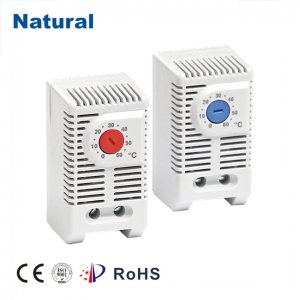Control bimetal thermostat thermal protectors are vital components in various electrical appliances and systems, designed to ensure safety and reliability by regulating temperature. These devices are instrumental in preventing overheating and potential fire hazards, making them essential in applications ranging from household appliances to industrial machinery. This article delves into the working principles, applications, benefits, and key considerations when using control bimetal thermostat thermal protectors.

Working Principle

A control bimetal thermostat thermal protector operates based on the principle of thermal expansion. The device consists of two distinct metals, each with different coefficients of thermal expansion, bonded together to form a bimetallic strip. When the temperature rises, the bimetallic strip bends due to the differing expansion rates of the two metals. This bending action can either open or close an electrical circuit, depending on the design of the device. As the temperature increases, the bimetallic strip reaches a predefined threshold, triggering the switch to open, thereby cutting off power to the electrical component it protects. Conversely, when the temperature returns to normal, the strip relaxes, allowing the circuit to close and restoring power. This on-off cycling continues to maintain safe operating temperatures, providing a reliable mechanism for thermal protection.
